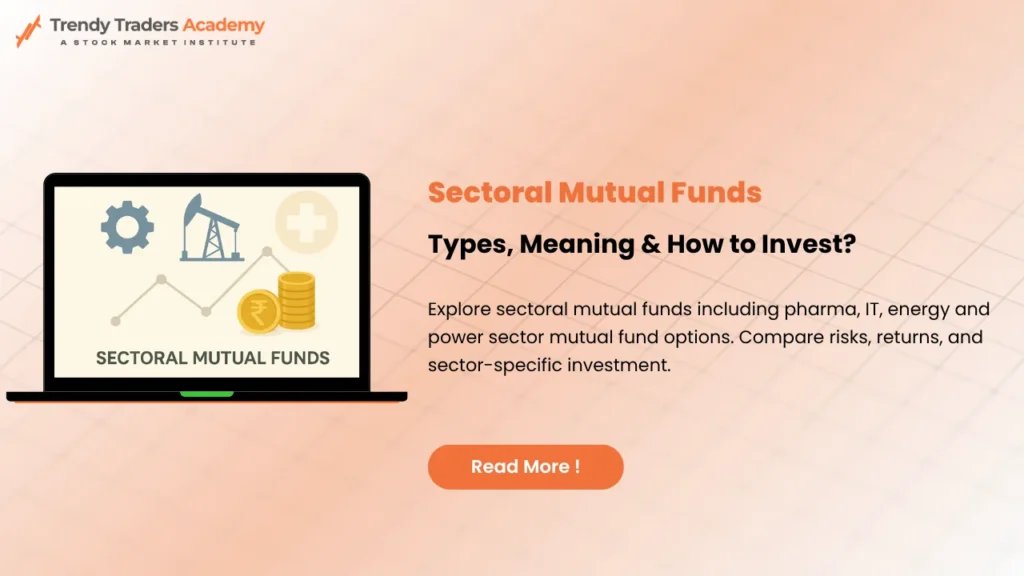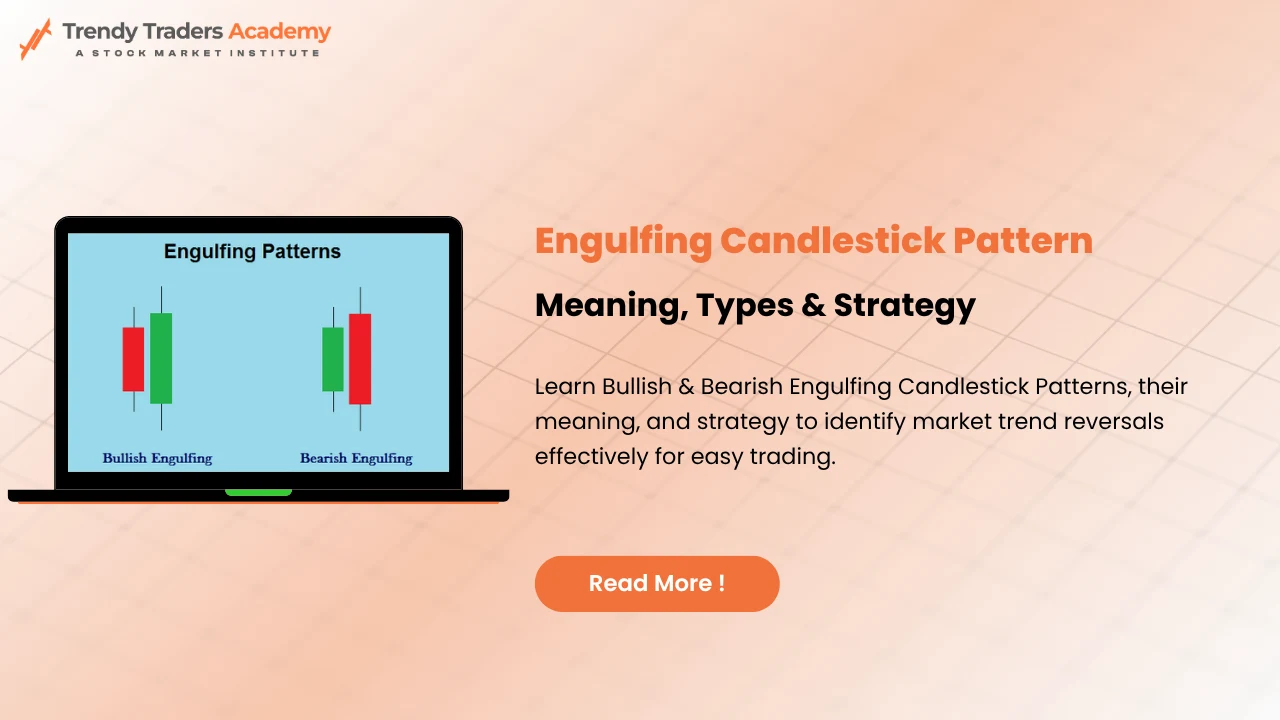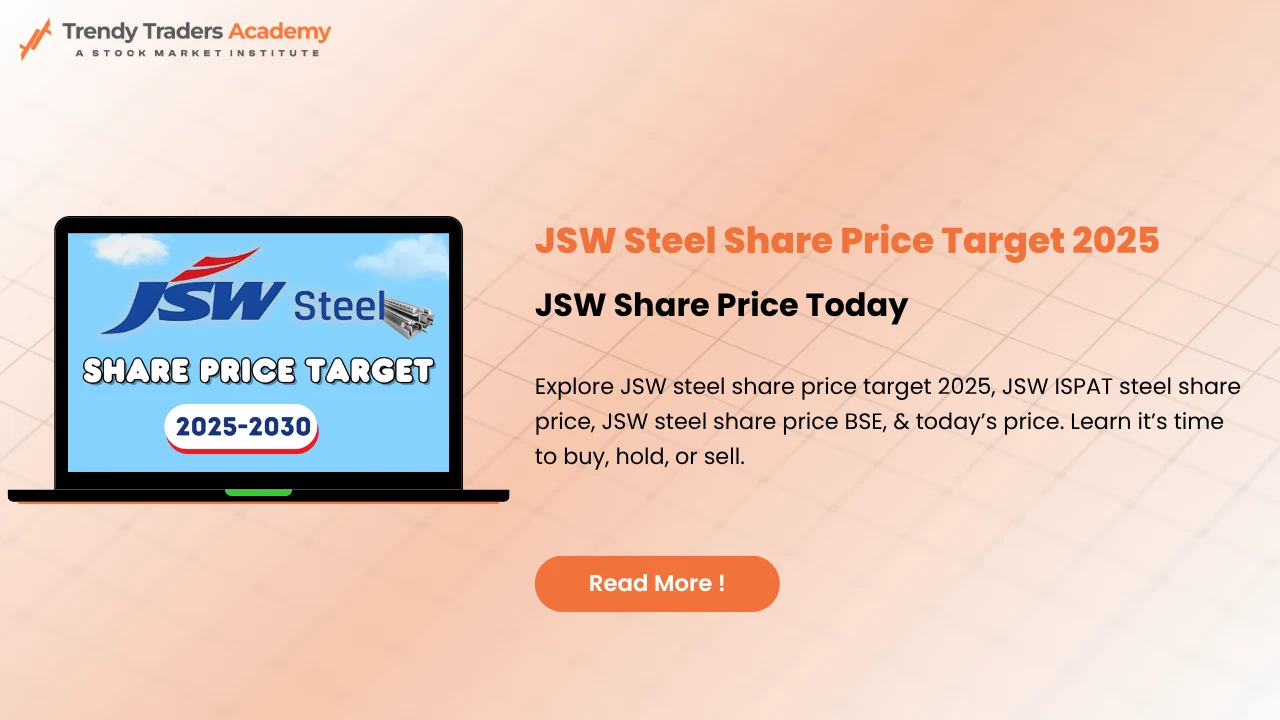
Sectoral Mutual Funds: Types, Meaning & How to Invest?
Sectoral mutual funds are investment funds that concentrate on a particular industry and as such, they tend to be popular when a particular industry is doing well owing to changes in policies, technology or global trends. The growing interest in sector-specific investing has come as Indian investors consider investing in broad equity funds.
These funds provide concentrated exposure to sectors showing strong momentum but also carry higher risk because performance depends on one industry’s outlook. Sectoral MFs do not behave like diversified funds because their performance depends on a single industry’s cycle.
They can rise quickly when the sector is strong and fall sharply when conditions weaken. This volatility makes sector-specific investing higher risk and suitable only for informed investors. Whether it’s pharma, IT, energy, or power sector mutual funds, each category follows the trends and fundamentals of its respective sector.
What are Sectoral Mutual Funds?
Sectoral funds are equity schemes that invest most of their money in companies belonging to one specific industry. But the concept makes more sense when understood as a bet-not on one company, but on an entire segment of the economy.
When you buy a sector fund, what you’re really saying is that you believe this sector will, over the next few years, do better than the broader market. Fund regulations require them to put at least 80 percent of their money in that single sector. So if the industry goes through a strong period, the fund benefits in a concentrated way.
But if that industry cools down, the impact is equally concentrated on the downside. Unlike diversified equity schemes, sector funds depend heavily on economic cycles. Some cycles last long, some lose steam quickly, and some repeat after gaps of a few years. That’s why timing and understanding matter far more here than with regular funds.
Why Indian Investors Gravitate Toward Sector Funds?
- A major reason is that India’s economic landscape shifts rapidly.
- Whenever reforms, technological adoption, or global trends create momentum in one area, investors want a simple way to participate.
- Sector funds offer exactly that-they convert complex industry-level exposure into a single investment option.
- People who believe that the next technological leap will come from software or cloud services might prefer IT sector mutual funds.
- Someone expecting increased healthcare spending, patents, and pharmaceutical exports might consider a pharma sector mutual fund.
- Those following crude oil cycles often explore energy sector mutual funds.
- And investors who see long-term economic expansion through industrial growth tend to keep an eye on power sector mutual fund options.
- Another factor is convenience. It’s not easy for the average investor to study ten different companies in one industry.
- Sector funds provide that exposure automatically through a managed portfolio.
Understanding Each Sectoral Mutual Funds
Different sectors follow different economic rules. Some are defensive, some are cyclical, and some are influenced more by global trends than domestic ones.
Pharma Sector Mutual Fund

A pharma sector mutual fund focuses on pharmaceutical manufacturers, biotechnology firms, API companies, diagnostic chains, and broader healthcare service providers.
The sector tends to behave differently from the rest of the market. Pharma usually can be successful in uncertain times as spending in healthcare does not decrease significantly even in negative times.
India also has a high international presence in generic drugs. However, it is not that smooth-USFDA approvals, compliance problems, price pressure in new markets and the complexity of regulatory systems tend to cause volatility.
IT Sector Mutual Funds

The Indian information technology firms are very much reliant on international customers especially the US and Europe. Thus the IT sector mutual funds are more global economic cycle oriented than domestic. IT companies perform well when the world spends heavily in digital transformation, cloud computing, cybersecurity, automation, and analytics.
But, in the case of decline in overseas markets, the industry gets the impact at once. The exchange rate factors also contribute: a weak rupee will favour the exporters. This industry may remain silent over an extended period until another boost comes around.
Power Sector Mutual Fund

The companies that invest in this category are those that produce, transmit or distribute electricity. The industry requires massive government reforms, government infrastructure expenditure, renewable energy, and industrial demand.
It is an industry that has lengthy payback cycles- undertakings that require years to be complete. Firms may operate with considerable debt, and pressure on the financial position in the state distribution firms may have an impact. However, when the reforms are matching and implementation is enhanced, the sector has had potential performance.
Energy Sector Mutual Funds
Mutual funds in the energy industry comprise companies involved in exploration, refining, petrochemical, as well as emerging clean-energy companies. The performance in this case is highly linked with the prices of crude oil and the world supply-demand forces.
This industry also is highly sensitive to geopolitics, OPEC actions and international contracts. Although the demand of energy does not change in the long run, the shifts to cleaner energy influence future performance.
Sector Funds vs Diversified Funds
Feature | Sectoral Funds | Diversified Funds |
Concentration | High | Low |
Volatility | High | Moderate |
Return potential | Very high during cycles | Steady |
Suitable for | Tactical investing | Core goals |
Why Sector Funds Remain Popular Among Investors?
Sector funds are not meant for building the core portfolio. Yet they attract a steady set of investors for a few clear reasons.
Sharper exposure to strong themes
When an industry hits a sweet spot-like IT in the early 2000s, pharma during the pandemic wave, or energy during global commodity cycles-sector funds become powerful tools to capture that growth.
Outperform diversified funds
Since diversified funds spread investments across multiple sectors, they can’t benefit fully from a single sector’s surge. Sector funds, on the other hand, rise more aggressively when the trend is favourable.
Support tactical allocation
Experienced investors sometimes use sector funds as temporary holdings to ride specific phases. Holding these for two to four years can sometimes add meaningful returns.
Sectoral Funds Risks
Depends on cycles
Most sectors do not move in a straight line. They follow demand cycles, policy cycles, innovation cycles, and global price movements. Missing the right phase can lead to long waiting periods.
Can be more volatile
Because the portfolio is narrow, even a small shift in sentiment can trigger sharp price movements.
Require monitoring
Sector funds cannot be “buy and forget” investments. Investors need to track industry news, policy changes, and global signals.
Underperformance are common
It is entirely possible for a sector to remain quiet for five to seven years. Anyone entering at the wrong time may need patience.
Who Should Actually Invest in Sector Funds?
- Sector funds are best suited for investors who already have a balanced portfolio. These funds act like add-ons, not replacements.
- They work well for people who follow economic and industry trends, are comfortable with volatility, and understand that cycles take time.
- Someone with a low risk appetite or someone new to mutual funds is better off starting with diversified equity schemes.
When to Consider Entering a Sector Fund?
There is no perfect formula, but historical patterns show that certain situations often turn favourable for sectoral investing.
Better entry points usually appear:
- When a sector is reviving after multi-year stagnation.
- When new government policies support that industry.
- When valuations move closer to historical averages.
- When earnings growth appears sustainable.
Times to be cautious:
- After a sector has doubled or tripled within a short period.
- When valuations rise far above long-term norms.
- When a global or domestic event directly threatens the sector.
Choosing the Right Sector Fund
Choosing a sector is the first level of analysis; choosing the right scheme is the second. Look for strong fund managers who have experience with that particular segment. Study the companies held in the portfolio-the top five or ten holdings tell a lot about the fund’s direction.
Check how the fund behaved across multiple market cycles. One good year does not say much; three or four cycles reveal more. Lastly, check whether the sector’s story is structural or temporary. Long-term trends always provide smoother opportunities than short-lived booms.
Tax Rules for Sector Funds
The tax treatment is the same as equity mutual funds. If units are sold within a year, short-term capital gains tax of 15 percent applies. If held for over a year, long-term capital gains above one lakh rupees are taxed at 10 percent without indexation.
Frequent Mistakes Investors Make
A common error is buying a sector fund after hearing news about strong returns. By then, a large part of the uptrend may already be priced in. Another frequent mistake is allocating too much to one sector or ignoring global developments that affect performance. Some investors exit too early during corrections-sector funds require patience because trends take time to play out.
Conclusion
Sectoral mutual funds can be effective tools when used with clarity and discipline. However, these funds require awareness of cycles, valuation discipline, and realistic expectations. When used alongside a stable diversified base portfolio, they can add depth and direction to long-term investment strategies.
They allow investors to participate in industries shaping the economy, whether it’s the expansion of digital services through IT sector mutual funds, the essential role of healthcare captured by a pharma sector mutual fund, the global shifts influencing energy sector mutual funds, or the infrastructure-led opportunities inside a power sector mutual fund.
FAQ'S
Are sector funds risky?
Yes. Concentration increases both upside and downside.
Should beginners consider them?
Preferably not. Beginners should start with diversified funds first.
Are pharma sector mutual fund schemes reliable?
They have long-term potential, but regulatory issues and currency fluctuations make them unpredictable at times.
How much should I allocate?
Most experts suggest keeping sector funds within 10–15 percent of the total portfolio.
Can they outperform diversified funds?
Yes-during strong cycles, they often do.
What time horizon works best?
Three to five years, so investors can ride out cycles.









